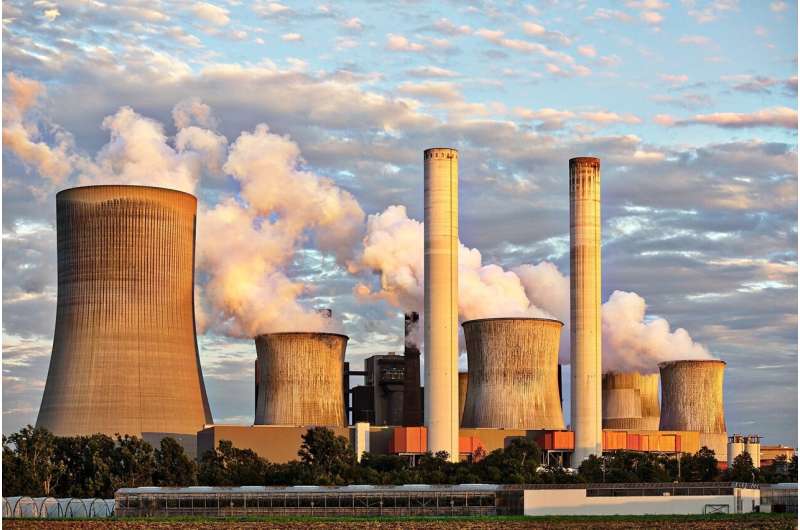July 28, 2025
The GIST AI can see clearly now, when it comes to energy storage 
Gaby Clark
scientific editor

Andrew Zinin
lead editor
Editors' notes
This article has been reviewed according to Science X's editorial process and policies. Editors have highlighted the following attributes while ensuring the content's credibility:
fact-checked
trusted source
proofread

A newly developed performance evaluation system can assess energy storage power plants (ESPPs) in terms of investment decisions and public policy, as well as their place in sustainable energy infrastructure. The research is discussed in the International Journal of Power and Energy Conversion.
A longstanding and well-known bottleneck in sustainable energy integration is how to reliably and comprehensively evaluate the complex trade-offs involved in operating electrochemical energy storage systems, rechargeable batteries, in other words. Energy storage is critical to stabilizing supply when the power sources are unpredictable, such as solar and wind.
To investigate the issues, the researchers have used a refined version of a computational tool known as NSGA-II, or Non-dominated Sorting Genetic Algorithm II. NSGA-II is a well-established multi-objective optimization algorithm commonly used in engineering and operations research. It is particularly suited to problems with multiple, often conflicting goals. For example, maximizing system reliability while minimizing cost.
The novelty in this research is that the team has overcome some of the limitations of standard versions of NSGA-II. In their approach they have extended the algorithm so that it does not settle prematurely on suboptimal solutions, local optima and instead explores all possible outcomes.
This enhancement was achieved first by introducing a new method for selecting the algorithm's starting conditions, its initial population, and secondly by replacing the conventional crossover mechanism with a more exploratory alternative. These enhancements led to an algorithm that was up to five times faster than its predecessor and demonstrably more effective at identifying better solutions across a wider range of scenarios.
The team was able to demonstrate improvements over earlier algorithms in terms of technical performance and economic and investment viability. For instance, one scenario modeled in the study suggested that under specific operational conditions, annual returns on investment in ESPPs could be as high as 13%. These findings suggest that, with careful system design and coordination, ESPPs can offer compelling financial incentives in addition to their environmental benefits.
More information: Jiasheng Wu et al, Design of performance evaluation system for electrochemical energy storage power plants based on NSGA-II, International Journal of Power and Energy Conversion (2025). DOI: 10.1504/IJPEC.2025.147502
Provided by Inderscience Citation: AI can see clearly now, when it comes to energy storage (2025, July 28) retrieved 28 July 2025 from https://techxplore.com/news/2025-07-ai-energy-storage.html This document is subject to copyright. Apart from any fair dealing for the purpose of private study or research, no part may be reproduced without the written permission. The content is provided for information purposes only.
Explore further
Algorithms provide optimized radiation-shielding design solutions for new types of nuclear reactors 0 shares
Feedback to editors








